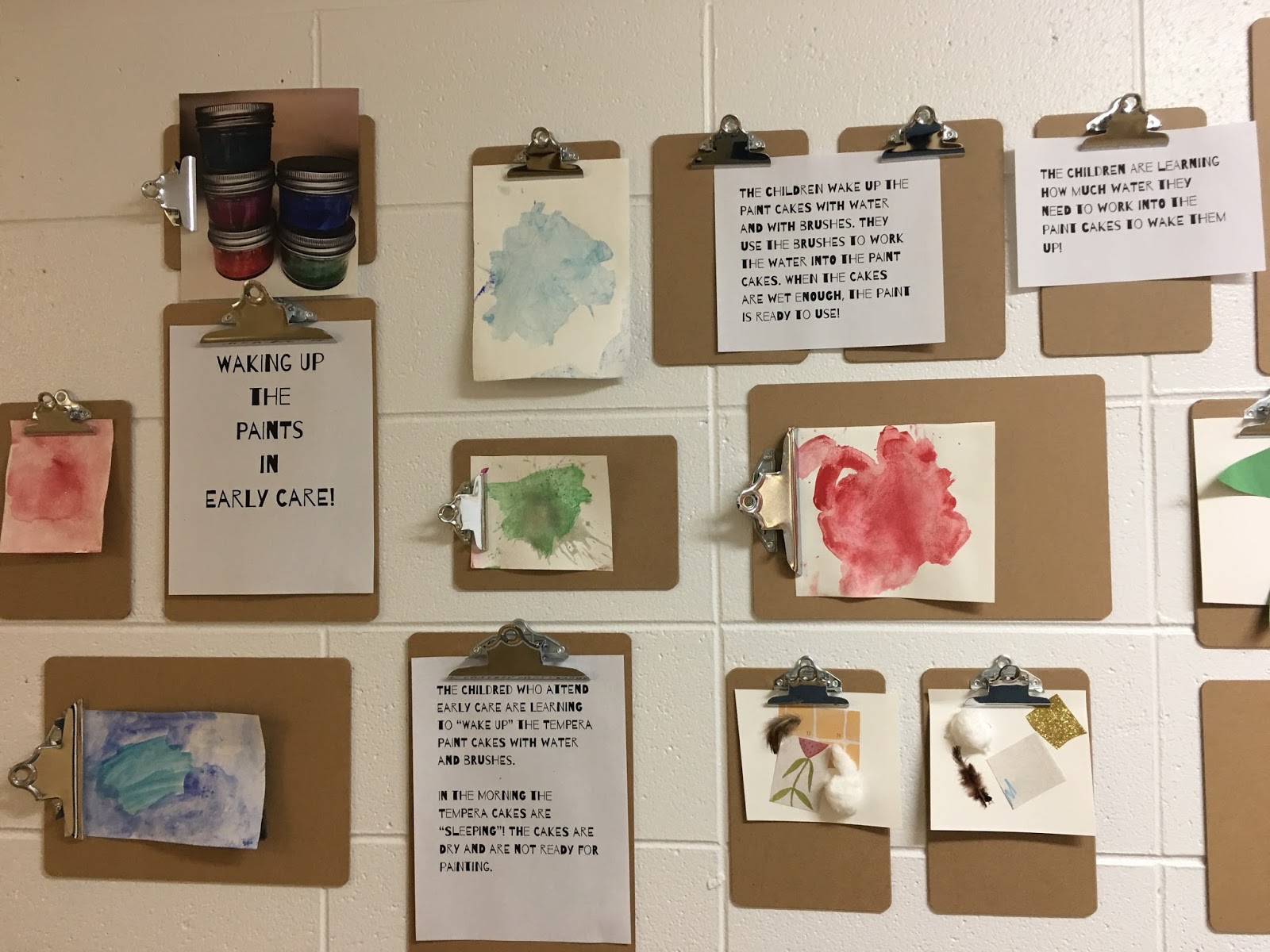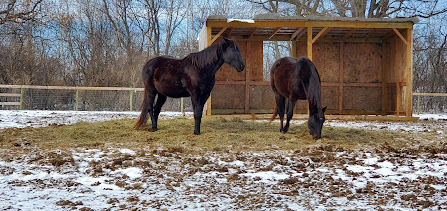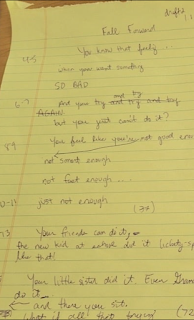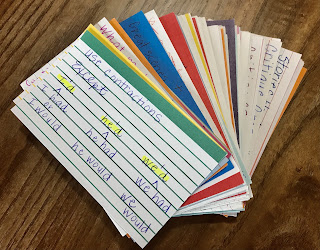- We can be active in a critique group, offering constructive comments on other’s works-in-progress.
- We can be an accountability partner to another writer, checking in each week to encourage and support their journey.
- If we’re submitting our manuscripts, we can support others in their submission journey. Look for groups like the facebook group 100 Rejections are a Good Thing or Sub it Club
- We can actively participate in local gatherings of the Society of Children’s Book Writers and Illustrators or other local writing groups.
- We can share good books we’ve read on social media, and share/retweet book release announcements for our friends.
- We can suggest books to our local libraries and school libraries.
- We can … (add your own ideas in the comments)
Wednesday, February 23, 2022
We Are On This Journey Together: Writers Helping Writers
Wednesday, February 16, 2022
The Cybils Poetry Award ~ by Christy Mihaly
The Cybils Awards for 2021 books are out! These awards for children's and YA works recognize books with "highest literary merit and popular appeal." That's a tough standard, and it's hard to choose just one winner.
Black Rosy-Finch
Hop! Stop! Hop! Stop! SO MUCH SNOW!
Check! Peck! Check! Peck! COME ON, LET'S GO!
Peep! Cheep! Peep! Cheep! WE WANT MORE!
Till back they bounce through the barn house door.
In You Don't Have to Be Everything: Poems for Girls Becoming Themselves, Diana Whitney selected works by 68 poets including Amanda Gorman, Margaret Atwood, Naomi Shihab Nye, and Elizabeth Acevedo. The poems, exploring themes of loneliness and longing, seeking and sadness, shame and rage, speak to girls coming of age. Whitney says she wanted to collect voices she wished she'd heard when she was a teen. Here's an excerpt from a poem by Elizabeth Spires, "Questions for Google":
What does it mean and why does it matter?
How do I get from here to there?
Where is the line that cannot be crossed?
Why is the first time the best?
Who will be coming and when will they get here?
How long will it last before it is over?
Who has the right and why do they have it?
Who is the most important one?
Starfish. Lisa Fipps has been garnering well-deserved praise (including a Printz Honor) for this powerful and beautifully written middle grade novel in verse. Ellie faces bullying (about her weight), and tries to live by the Fat Girl Rules. She finds friendship and acceptance, and through therapy finally feels ready to confront her badgering mother. Middle grade (and older) readers will respond enthusiastically to this much-needed title.
Call Me Athena, by Colby Cedar Smith, is an evocative YA historical novel in verse. It tells the story of a girl's coming of age in a Greek-French immigrant family in 1930s Detroit. Told in beautiful poetry with multiple voices and great historical details, this book impressed the judges with deep historical research and comprehensive back matter.If you haven't read these, don't wait -- get down to your library or bookstore and check them out. If you have -- what's your favorite? Are there other recent works of poetry you'd recommend? Please share in the comments. And thanks for supporting poetry for kids!
Monday, February 14, 2022
It's True, #KidsLoveNonficiton! Join the Campaign
Announcing the #KidsLoveNonfiction Campaign
This change will align the children's lists with the adult bestseller lists, which separate nonfiction and fiction. It will also acknowledge the incredible vibrancy of children's nonfiction available today and support the substantial body of research showing that many children prefer nonfiction and still others enjoy fiction and nonfiction equally.
If you support this request, please follow the signature collection form link to add your name and affiliation to the more than 200 educators and librarians who have already endorsed the effort. Your information will be added to the letter but your email address will remain private.
If you support the request to add three children's nonfiction bestseller lists to parallel the existing lists, which focus on fiction, please add your name and affiliation to the signature collection form.
LETTER TO THE NEW YORK TIMES
Nonfiction books for young people are in a golden age of creativity, information-sharing, and reader-appeal. But the genre suffers from an image problem and an awareness problem. The New York Times can play a role in changing that by adding a set of Nonfiction Best Seller lists for young people: one for picture books, one for middle grade literature, and one for young adult literature.
Today’s nonfiction authors and illustrators are depicting marginalized and minority communities throughout history and in our current moment. They are sharing scientific phenomena and cutting-edge discoveries. They are bearing witness to how art forms shift and transform, and illuminating historical documents and artifacts long ignored. Some of these book creators are themselves scientists or historians, journalists or jurists, athletes or artists, models of active learning and agency for young people passionate about specific topics and subject areas. Today’s nonfiction continues to push boundaries in form and function. These innovative titles engage, inform, and inspire readers from birth to high school.
Babies delight in board books that offer them photographs of other babies’ faces. Toddlers and preschoolers fascinated by the world around them pore over books about insects, animals, and the seasons. Children, tweens, and teens are hungry for titles about real people that look like them and share their religion, cultural background, or geographical location, and they devour books about people living different lives at different times and in different places. Info-loving kids are captivated by fact books and field guides that fuel their passions. Young tinkerers, inventors, and creators seek out how-to books that guide them in making meals, building models, knitting garments, and more. Numerous studies have described such readers and their passionate interest in nonfiction (Jobe & Dayton-Sakari, 2002; Moss and Hendershot, 2002; Mohr, 2006). Young people are naturally curious about their world. When they are allowed to follow their passions and explore what interests them, it bolsters their overall wellbeing. And the more young people read, the more they grow as readers, writers, and critical thinkers (Allington & McGill-Franzen, 2021; Van Bergen et al., 2021).
Research provides clear evidence that many children prefer nonfiction for their independent reading, and many more select it to pursue information about their particular interests (Doiron, 2003; Repaskey et al., 2017; Robertson & Reese, 2017; Kotaman & Tekin, 2017). Creative and engaging nonfiction titles can also enhance and support science, social studies, and language arts curricula. And yet, all too often, children, parents, and teachers do not know about recently published nonfiction books. Bookstores generally have only a few shelves devoted to the genre. And classroom and school library book collections remain dominated by fiction. If families, caregivers, and educators were aware of the high-quality nonfiction that is published for children every year, the reading lives of children and their educational experiences could be significantly enriched.
How can The New York Times help resolve the gap between readers’ yearning for engaging nonfiction, on the one hand, and their lack of knowledge of its existence, on the other? By maintaining separate fiction and nonfiction best seller lists for young readers just as the Book Review does for adults.
The New York Times Best Sellers lists constitute a vital cultural touchstone, capturing the interests of readers and trends in the publishing world. Since their debut in October of 1931, these lists have evolved to reflect changing trends in publishing and to better inform the public about readers’ habits. We value the addition of the multi-format Children’s Best Seller list in July 2000 and subsequent lists organized by format in October 2004. Though the primary purpose of these lists is to inform, they undeniably play an important role in shaping what publishers publish and what children read.
Adding children’s nonfiction best-seller lists would:
· Help family members, caregivers, and educators identify worthy nonfiction titles.
· Provide a resource for bibliophiles—including book-loving children—of materials that satisfy their curiosity.
· Influence publishers’ decision-making.
· Inform the public about innovative ways to convey information and ideas through words and images.
· Inspire schools and public libraries to showcase nonfiction, broadening its appeal and deepening respect for truth.
We, the undersigned, strongly believe that by adding a set of nonfiction best-seller lists for young people, The New York Times can help ensure that more children, tweens, and teens have access to books they love. Thank you for considering our request.
Dr. Mary Ann Cappiello
Professor, Language and Literacy
Graduate School of Education, Lesley University
Cambridge, Massachusetts
Former Chair, National Council of Teachers of English (NCTE) Orbis Pictus Award for Outstanding Nonfiction Committee
Dr. Xenia Hadjioannou
Associate Professor, Language and Literacy Education
Penn State University, Harrisburg Campus
Harrisburg, PA
Vice President of the Children’s Literature Assembly (CLA) of the National Council of Teachers of English (NCTE).
References
Allington, R. L., & McGill-Franzen, A. M. (2021). Reading volume and reading achievement: A review of recent research. Reading Research Quarterly, 56(S1), S231–S238. https://doi.org/10.1002/rrq.404
Correia, M. (2011). Fiction vs. informational texts: Which will your kindergarteners choose? Young Children, 66(6), 100-104.
Doiron, R. (2003). Boy Books, Girl Books: Should We Re-organize our School Library Collections? Teacher Librarian, 14-16.
Kotaman H. & Tekin A.K. (2017). Informational and fictional books: young children's book preferences and teachers' perspectives. Early Child Development and Care, 187(3-4), 600-614, DOI: 10.1080/03004430.2016.1236092
Jobe, R., & Dayton-Sakari, M. (2002). Infokids: How to use nonfiction to turn reluctant readers into enthusiastic learners. Markham, Ontario, Canada: Pembroke.
Mohr, K. A. J. (2006). Children’s choices for recreational reading: A three-part investigation of selection preferences, rationales, and processes. Journal of Literacy Research, 38(1), 81–104. https://doi.org/10.1207/s15548430jlr3801_4
Moss, B. & Hendershot, J. (2002). Exploring sixth graders' selection of nonfiction trade books: when students are given the opportunity to select nonfiction books, motivation for reading improves. The Reading Teacher, vol. 56 (1), 6+.
Repaskey, L., Schumm, J. & Johnson, J. (2017). First and fourth grade boys’ and girls’ preferences for and perceptions about narrative and expository text. Reading Psychology, 38, 808-847.
Robertson, Sarah-Jane L. & Reese, Elaine. (Mar 2017). The very hungry caterpillar turned into a butterfly: Children's and parents' enjoyment of different book genres. Journal of Early Childhood Literacy, 17(1), 3-25.
Van Bergen, E., Vasalampi, K., & Torppa, M. (2021). How are practice and performance related? Development of reading from age 5 to 15. Reading Research Quarterly, 56(3), 415–434. https://doi.org/10.1002/rrq.309
Wednesday, February 9, 2022
Writing Life: Share Your Process, Not Only Your 'Success'! by Carol Coven Grannick
Kleon believes that from the first days of committing to our work as artists, it is essential to share our process, rather than our "product". Aside from the reality that I am twenty-plus years in to writing for children, this appealed to me. I am a bit shy and am an introvert to a fair extent, but I have a good deal of comfort sharing my own internal journey, and have done so via columns and guest blog posts for the over-twenty years I've been writing for children. But I don't think I've ever shared my actual process—showing it vs. talking about it.
So this idea of Kleon's perked me right up the minute I saw it. Why?
A good question. A creative question. By the time I'd spent a year marketing my first book, challenging myself to speak about my work and my achievements in a way that did not feel truly comfortable, I found myself wondering:
How can I market myself in a way that has potential,
but also feels authentic to who I am as a person and writer?
So as I prepared to move forward with my new publisher for CALL ME BOB, the adult verse nonfiction narrative coming out from Oprelle Publications in July, I dove into the first three little chapters of SHOW YOUR WORK!
Here are a few tips from Kleon that sparked my own ideas and a first plan or two:
1. Amateurs are lifelong learners who "make a point of learning in the open, so that others can learn from their failures and successes." They share what they're thinking out loud.
This actually reminds me of the early childhood center where I worked for six years after closing my private practice in psychotherapy. Part of the extraordinary learning that occurred had to do with the teachers writing down children's narration of what work they were doing or had done. The narration was posted with the work as classroom and hallway displays. Other displays used adult language that explained how the children thought about what they did.
2. "The best way to get started on the path to sharing your work is to think about what you want to learn, and make a commitment to learning it in front of others," writes Kleon.
I have been wanting to learn how a site or experience that stirs me begins to become a poem, and what the first steps are in giving language to visceral, emotional, even spiritual experience.
Last week this happened:
- I was driving down an uncrowded country highway. I responded to a visual site and to a sound. They stirred me in some way. The sight and sound in this country environment has some meaning to me. I do not yet know what that meaning is. I don't worry about that.
- I pull off to the side, keeping my eyes on the road for cars, and scribble without looking:
- I start to revise page 1 almost immediately, because "corn peeks out" makes me think of the word, hiding, and hiding makes me scribble, secrets of spring.
- But the second page takes a different conceptual turn, and I scribble begging to be seen as a necessity for spring. I don't know what this means, precisely, but I like the idea of begging for some reason, and I like the repeated "s" sounds that just happened.
- I look out at the corn rows again and suddenly the snow feels like a blanket, with the rows of corns stitching strips together. I scribble down, Quilt of corn rows and stitched rows.
- I return to driving but spring grates on my brain, and I find somewhere else to pull off the road. I scribble out spring and write, a warm earth to come. I don't love it, but prefer a lyrical phrase instead of a one-syllable word.
- I drive to my destination and focus on my work, feeding horses, taking out two beautiful pups for a run, and then visiting with a couple of this week's favorites. I love the physical work and the nearness to horses.
Wednesday, February 2, 2022
A Tool Box for Creatives
By Suzy Leopold
Today is Groundhog Day! Will Punxsutawney Phil see his shadow?
Since today’s GROG Blog post is about toolboxes—not the legendary groundhog, let's move on . . .
Many creatives keep toolboxes.
A toolbox contains various tools. A toolkit also keeps tools—resources and skills to increase knowledge and support—creativity all kept inside a box or container.Many writers and illustrators create toolboxes. Items are organized in one place and can easily be transported. The toolbox supports creating at home, at the library, a cafe, at a writing conference or workshop.
A writer's toolbox can be used to expand and master the craft of writing.
A toolbox may be a physical container with shiny tools and resources or it can be a metaphorical toolbox to develop deeper knowledge. Both are designed to improve creativity.
It is not the tools that matter but what one does with the tools and the ability to use the tools effectively.
Peer Inside a Toolbox
 |
| Suzy’s Writing Toolbox |
- Writing tools--pens, pencils, markers
- A package of highlighters
from Leah Cheak; from Julie Cohen (links will redirect you)
- Index cards
- Dictionary and thesaurus
- Mentor texts to mine for the author's craft
- A timer
- Craft of writing books
More Tool Ideas for a Writer's Toolbox
from Kathyrn Evans
- Picture book essentials
from Joanne Sher
from Debbie Ridpath Ohi & Josh Funk
from Pamela Hodges
- Create graphic organizers
from Rob Sanders
- Create book templates or book dummies
from Debbie Ridpath Ohi
- Continue to grow and learn
from Josh Funk
- Revisit goals and adjust as need be; SMART Goals
from Joe Bunting; Suzy
- Keep records of manuscript submissions
from Marcie Flinchum Atkins


































